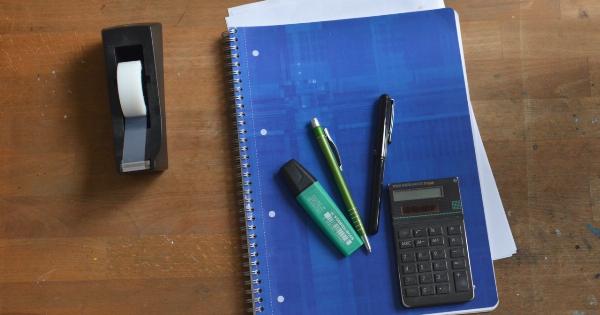Losing belly fat is a common goal for many people who want to achieve a flatter stomach and improve their overall health.
While it may not be possible to get a completely flat stomach in just two weeks, there are steps you can take to reduce belly fat and start seeing results. This 2-week belly fat challenge provides a structured plan to help you kickstart your journey towards a flatter stomach.
Understanding Belly Fat
Before diving into the challenge, it’s important to understand what belly fat is and why it can be challenging to get rid of. Belly fat, also known as visceral fat, is the excess fat that accumulates around the abdominal region.
This type of fat is not only aesthetically undesirable but also poses various health risks, including heart disease, diabetes, and certain cancers.
The 2-Week Belly Fat Challenge
The 2-week belly fat challenge is designed to target belly fat through a combination of diet, exercise, and healthy lifestyle choices. Follow these steps diligently for two weeks to jumpstart your journey towards a flatter stomach.
1. Create a Calorie Deficit
To lose belly fat, you need to create a calorie deficit by consuming fewer calories than you burn. Monitor your daily caloric intake and aim for a deficit of around 500-1000 calories per day.
Focus on consuming nutrient-dense foods such as fruits, vegetables, lean proteins, and whole grains while avoiding sugary and processed foods.
2. HIIT Workouts
High-Intensity Interval Training (HIIT) workouts are ideal for burning calories and targeting belly fat. Incorporate 20-30 minutes of intense workouts into your routine, combining cardio exercises with strength training moves.
Examples of HIIT workouts include burpees, mountain climbers, jumping jacks, and planks.
3. Core Strengthening Exercises
Strengthening your core muscles will help tone and define your abs, making your stomach appear flatter.
Include exercises such as crunches, planks, Russian twists, and bicycle crunches to specifically target your abdominal muscles and improve your core strength.
4. Reduce Sugar Intake
Excess sugar consumption is known to contribute to belly fat. Cut down on sugary beverages, candy, desserts, and processed foods. Opt for healthier alternatives like fresh fruits or natural sweeteners such as stevia when cravings strike.
5. Increase Fiber Intake
Include more fiber-rich foods in your diet as they help you feel fuller for longer, control cravings, and promote healthy digestion. Incorporate sources of fiber like whole grains, legumes, fruits, and vegetables into your meals.
6. Stay Hydrated
Drinking an adequate amount of water throughout the day helps boost your metabolism, flush out toxins, and keep you feeling full. Aim for at least 8-10 glasses of water every day and swap sugary beverages for infused water or herbal teas.
7. Avoid Late-Night Snacking
Late-night snacking can sabotage your efforts to lose belly fat. Avoid eating within two hours of going to bed to allow your body to properly digest food.
If you experience hunger pangs, opt for a light, healthy snack like Greek yogurt or a handful of nuts.
8. Manage Stress Levels
Chronic stress can lead to weight gain, especially around the abdominal area. Incorporate stress-reducing activities such as yoga, meditation, deep breathing exercises, or engaging in hobbies to keep your stress levels in check.
9. Get Sufficient Sleep
Research shows that lack of sleep is linked to weight gain, including an increase in belly fat. Aim for 7-8 hours of quality sleep each night to support your weight loss efforts and overall well-being.
10. Track Your Progress
Keep track of your progress throughout the 2-week belly fat challenge. Take measurements, note any changes in how your clothes fit, and monitor your energy levels and overall well-being. Celebrate small victories along the way to stay motivated!.
Conclusion
Although it may not be possible to achieve a completely flat stomach in just two weeks, following this 2-week belly fat challenge will kickstart your journey towards a flatter stomach and help you adopt healthier habits for optimal long-term results.
Remember, consistency and patience are key on your fitness journey!.





























